Slowdown can be tolerated
Updated: 2014-04-09 07:14
By Zhao Xiao (China Daily)
|
|||||||||
The government will push forward further reforms and opening-up to release the potential for economic growth
The central government has made consistent efforts to enforce its well-conceived reform and development roadmap, but the recent gloomy economic data has fuelled suspicions that the government might slow its reform drive and launch a new stimulus package to boost the slowed economy.
China has seen a tangible decline in its industrial production and investment growth in recent months, and its export growth has also slackened. The country's gross domestic product is expected to slow to 7.4 percent in the first quarter, slightly lower than the yearly 7.5 percent target set by the government, and such a downturn momentum will likely continue into the second quarter. This economic deceleration has once again given rise to the question, will the government intervene with some stimulus measures?
To answer such a query, we should first ask whether the government will insist on preventing the economy from going below 7.5 percent or whether it will tolerate a slower growth rate. This is a question regarding what kind of balance the government wants to strike between short-term growth and long-term reform. To better answer the question, we need to better understand the co-existing "three periods" the world's second-largest economy is now experiencing.
When describing its economic situation earlier this year, President Xi Jinping said China now faces "three periods": a period of changing-gear for economic growth, a period for the effects induced by economic structural adjustments, and a period for digesting the side effects of its previous large-scale stimulus packages.
The changing-gear period means that the growth will slow from the previous high-speed economic growth to a moderately slower pace. Both its economic downturn and the Lewis Turning Point its labor market now faces seem to indicate that such a deceleration is unavoidable. The period for the effects induced by economic structural adjustments means that to promote further development, China should not make any delays in its push for such adjustments. The Central Economic Work Conference, a tone-setting conference held in late 2013, vowed to address the overcapacity problem and realize innovation-driven development to better push forward the country's economic structural adjustments. The period for digesting the earlier stimulus policies means that China will now try to eradicate the negative effects produced by the series of stimulus policies adopted following the global financial crisis in 2008 that resulted in a drastic rise in local government debts and overproduction, The coexistence of these three periods decides that China will surely regard resolving key problems during these periods as a key task to deal with its economic growth challenges.
In this year's Government Work Report, Premier Li Keqiang said that China will eliminate the production capacity of 27 million tons of steel, 42 million tons of cement, and 35 million standard cases of flat glass in 2014. Listing such specific targets for a given year indicates the government's greater determination to eliminate backward overcapacity sectors. The elimination of such sectors will inevitably lead to the shutdown of a number of small- and medium-sized enterprises and the decline in the Purchasing Managers' Index and power consumption seems to indicate the start of the campaign; one that is expected to have unfavorable effects on this year's economic growth. To impose a strict control on the growth of local debts will also undoubtedly produce some negative influences on the country's short-term economic growth.
Given the importance of a series of measures adopted to push forward reforms and address some accumulated problems, all of which will unavoidably be a drag on the country's economic growth, there is an extensive consensus that the government is unlikely to launch a new round of stimulus packages to boost economic growth.
Despite a 7.5 percent GDP growth target set for this year and efforts for its realization, the Chinese government may have a higher tolerance toward a moderate economic slowdown. Currently, China does face huge pressures from its economic slowdown, but there is no need to introduce some stimulus measures. It is estimated that 7.2 percent may be the lowest growth the government will accept and growth below this rate will probably cause the government to give a helping hand.
A series of side effects stemming from large-scale stimulus packages indicates that the adoption of blind market-rescue policies is not viable. To curb its economic downturn, the country needs to promote further reforms to release the potential for further economic growth.
The reforms China will push forward in administrative, taxation and financial areas are expected to offer a new forcible driving force for its economic growth.
An accelerating drive for urbanization, in which millions of rural residents will move to urban areas and many shabby urban homes will be renovated, will bring about a colossal fixed asset investment to drive national economic growth. At the same time, the expanded opening-up mapped out by the central government, including the building of the Silk Road Economic Belt with Central Asian nations and beyond, a Maritime Silk Road with Southeast Asian nations, an economic corridor with some South Asian nations, as well as its efforts to expand the space for international economic and technological cooperation and accelerate building free trade areas, will also create new areas for the country's economic growth. Besides, increased efforts for building government-subsidized housing, developing the smart grid, and putting in operation some wind, solar, hydropower and nuclear power projects are also expected to play a positive role in boosting the national economy.
The author is a professor with the school of economics and management, Beijing University of Science and Technology.
(China Daily USA 04/09/2014 page11)

 Chinese schools vie in moot court
Chinese schools vie in moot court
 Australian divers start underwater search for MH370
Australian divers start underwater search for MH370
 Cleaver-wielding man subdued after tense standoff
Cleaver-wielding man subdued after tense standoff
 Pro-Russian demonstrators announce Kharkov's independence
Pro-Russian demonstrators announce Kharkov's independence
 Breakdancer 'freezes' in front of Paris landmarks
Breakdancer 'freezes' in front of Paris landmarks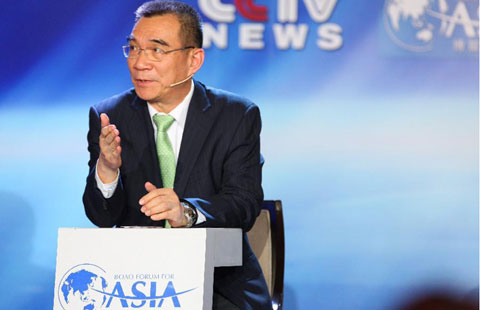
 TV Debate in Boao Forum for Asia Annual Conference
TV Debate in Boao Forum for Asia Annual Conference
 Ming Dynasty 'chicken cup' sells for record $36 million
Ming Dynasty 'chicken cup' sells for record $36 million
 Simply child's play
Simply child's play
Most Viewed
Editor's Picks
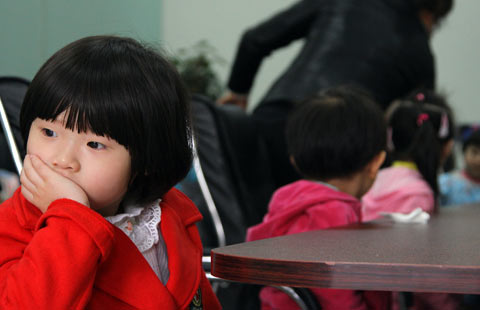
|
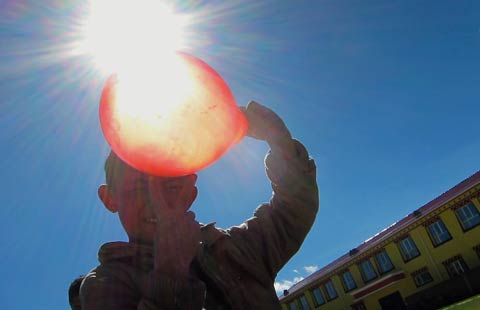
|
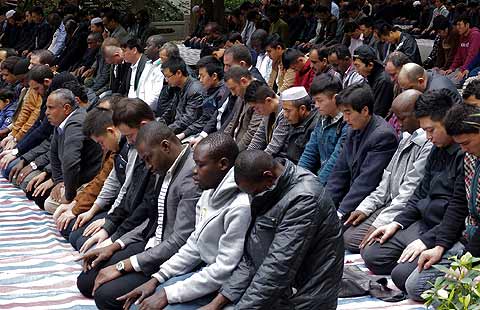
|
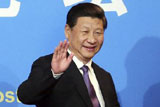
|

|

|
Today's Top News
Rwandans told 'never again'
Kim Jong Un reelected first chairman of NDC
Blast kills 23 in market on edge of Pakistani capital
Cross-border deals headed south?
Two more 'pings' detected in search for MH370
China urges US to restrain Japan
Moscow warns Kiev of 'civil war'
Asia Society in NYC launches think tank
US Weekly

|

|








